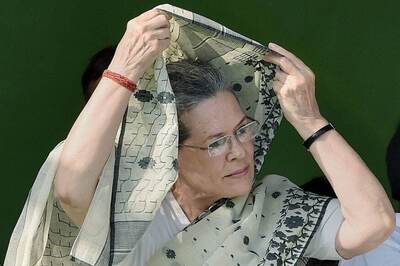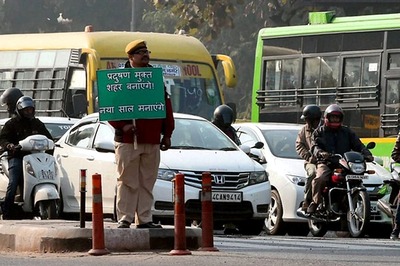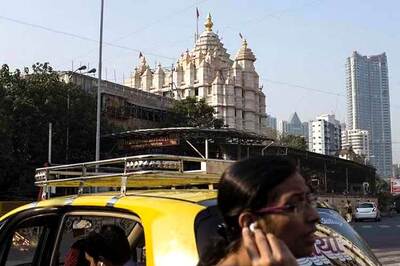
views
Having a budget is an integral part of finance. It documents expenditures or spending while saving up for future goals. This also holds true when planning a budget for a country. The budget or financial plan of a country is referred to as Union Budget and it contains the revenues (income) and expenditures of a government. The plan is created on yearly basis. The year taken into consideration to plan out a budget is called the financial year which usually lasts from April 1 to March 21. This is the first month of a financial year and let’s have a look at what entails the Indian budget and how it impacts people.
Who decides the country’s budget?
The budget of a country is decided by the budget division of the department of economic affairs (DEA). It falls under the finance ministry. The budget division is the nodal body responsible for producing the budget. Once all experts finalize the budget it is approved by both houses of the Parliament. Writing of budget document begins months in advance. The central government asks all states, ministries, and UTs to prepare their estate for the coming year. After going through all requirements, and consultations, the finance ministry then allocates funds to ministries, state governments, departments etc.
The Union Finance Minister then presents the budget to the entire country in the Budget session of Parliament. Recently, Finance Minister Nirmala Sitharaman presented the budget on February 1. She is responsible for presenting India’s first paperless budget. Earlier, India used to have its budget written in ‘bahi khata’ (a ledger wrapped in red cloth). India’s first union budget was presented by RK Shanmukham Chetty on 26 November 1947.
What is written in the budget?
The budget document contains the receipts and expenditures of the government for a particular financial year. It not only has the plan for next year but also looks at the major financial conditions in the past year. There are two accounts in a financial budget – those that relate to the current financial year only are included in the revenue account (also called revenue budget) and things concerning the assets and liabilities of the government are mentioned as part of the capital account (also called a capital budget).
Budget documents classify total expenditure into plan and non-plan expenditure. The budget is not merely a statement of receipts and expenditures. Since Independence, with the launching of the Five-Year Plans, it has also become a significant national policy statement.
The budget must distinguish expenditure on the revenue account from other expenditures. Therefore, the budget comprises the (a) Revenue Budget and
the (b) Capital Budget. According to NCERT, The Revenue Budget shows the current receipts of the government and the expenditure that can be met from these receipts. Revenue Expenditure relates to those expenses incurred for the normal functioning of the government departments and various services, interest payments on debt incurred by the government, and grants given to state governments and other parties (even though some of the grants may be meant for the creation of assets).
What are Income, Expenditure Sources of Govt?
Indian government gets its revenues from – income tax, corporate tax, goods, and services tax, customs duty, borrowings, and other means. The government spends on defense expenditures, administrative expenses, welfare schemes, subsidies, pensions, etc.
The government may spend an amount equal to the revenue it collects. This is known as a balanced budget. When tax collection exceeds the required expenditure, the budget is said to be in surplus. But Indian budget is currently in deficit.
What is Fiscal Deficit?
The situation when the expenditure of a government exceeds its income or revenue is called a deficit. Now, to finance the extra cost, governments opt for several modes including taxation, borrowing, or printing money. Governments have mostly relied on borrowing, giving rise to what is called government debt. “By borrowing, the government transfers the burden of reduced consumption to future generations. This is because it borrows by issuing bonds to the people living at present but may decide to pay off the bonds some twenty years later by raising taxes," states class 12 economics textbook.
Test Your Learnings
A government deficit can be reduced by an increase in taxes or reduction in expenditure. In India, the government has been trying to increase tax revenue with greater reliance on direct taxes (indirect taxes are regressive in nature – they impact all income groups equally). There has also been an attempt to raise receipts through the sale of shares in PSUs.
Read all the Latest Education News here




















Comments
0 comment